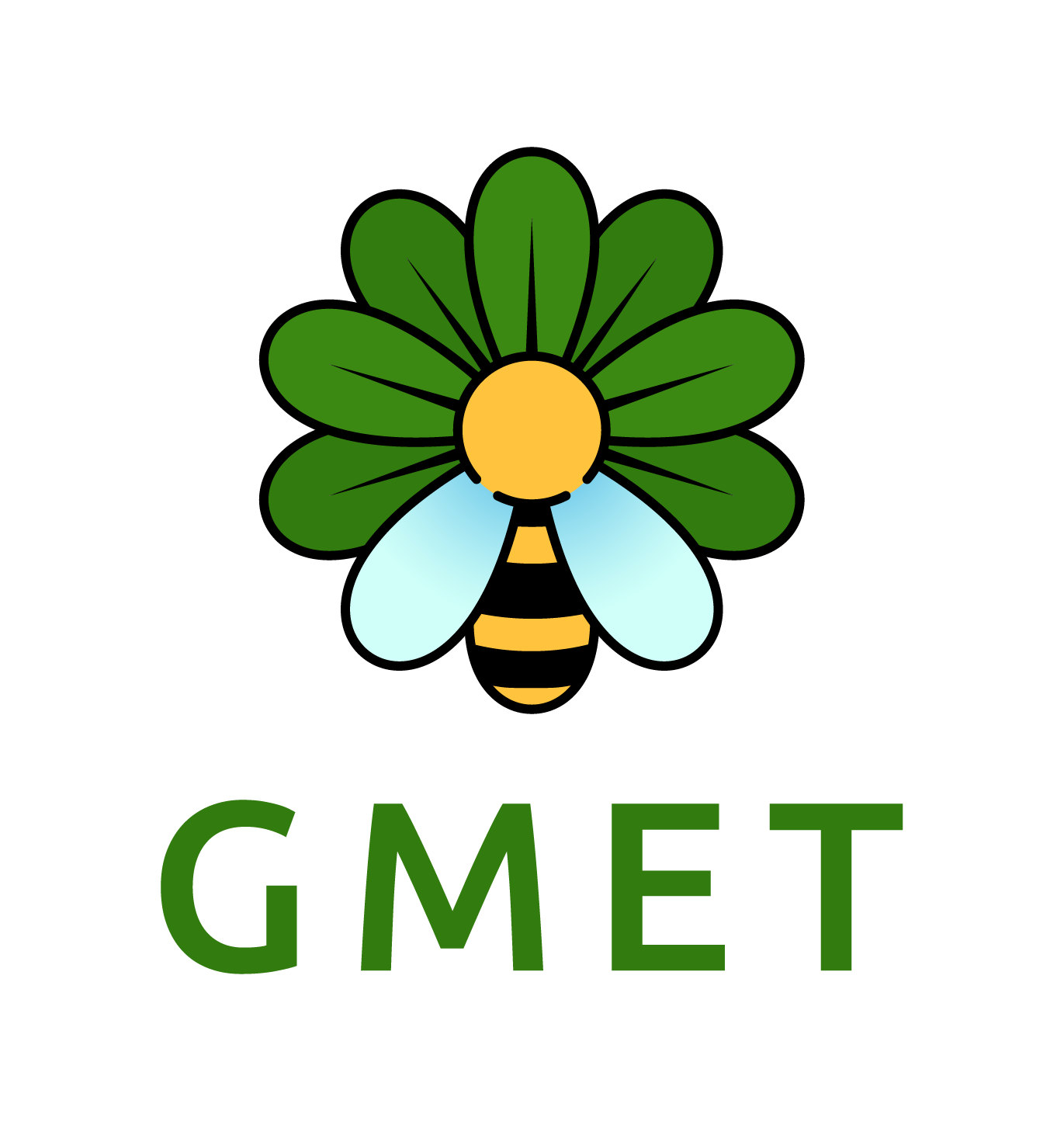The large-spurred digger wasp, Nysson spinosus, is a parasite of other digger wasp species and has a fascinating lifecycle. This is a hugely exciting discovery as this elusive species has not previously been seen in Greater Manchester, despite the potential for wider distribution in the area.
The wasp was spotted by Lancashire Wildlife Trust volunteer, Joe Holt, during a guided wildlife walk through Philips Park, Bury during the summer. The species identification was later confirmed by experts Karen McCartney, BWARS member and recorder/verifier for aculeate Hymenoptera covering Greater Manchester for Greater Manchester Ecology Unit and Greater Manchester Local Records Centre, who was leading the walk and Ben Hargreaves, Lancashire Wildlife Trust Plan Bee Project Officer, Lancashire Recorder for aculeate Hymenoptera and BWARS member.
